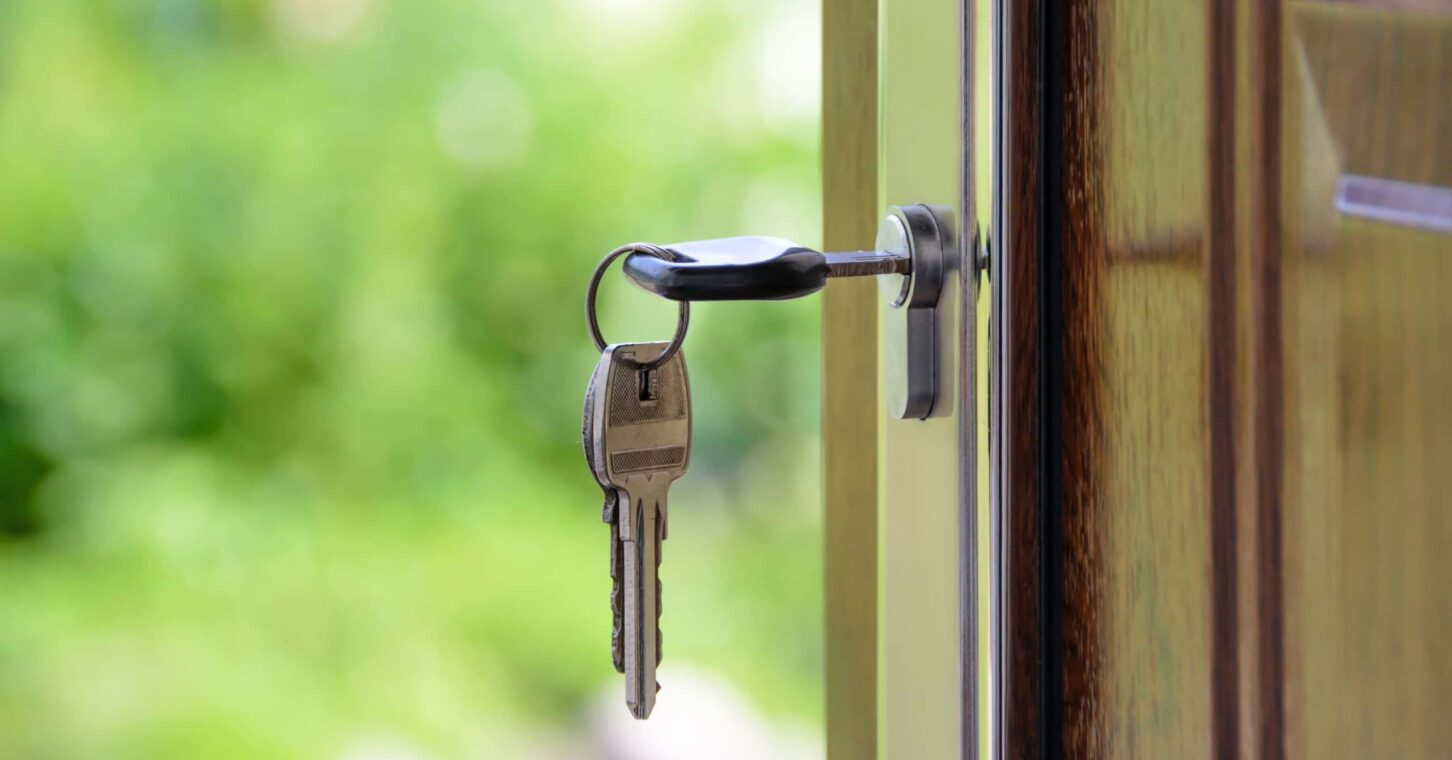
An ancient axiom for doctors is “first, do no harm.” Shouldn’t our government do the same when it comes to housing affordability?
Georgia communities of all kinds face a shortage of affordable or starter homes. This problem follows a decades-long population explosion, but it’s mostly a matter of supply.
As a new study on housing affordability from the Georgia Public Policy Foundation puts it:
“The number of building permits issued in Georgia, according to Census Bureau data, crashed during the Great Recession and has yet to fully recover … the annual number each year from 1995 to 2007 was higher than in any year since then. Put another way, more building permits were issued during the last five years of the 1990s than during the entire decade from 2010 to 2019.”
Why has supply suddenly fallen behind?
The Great Recession, which put a lot of builders out of business, is one reason. Others include record-high lumber prices and ever-climbing land prices. The labor market is extremely tight. But there was a fourth “L” identified by a 2019 legislative study committee: laws.
The Foundation’s study quantifies the effect of laws on builders in Georgia. We surveyed dozens of developers and builders, using a questionnaire developed by the National Association of Home Builders for its periodical nationwide study. We asked respondents to estimate how much regulatory costs, whether from the federal, state or local governments, contribute to the price of new, single-family houses they build.
The answer: 26.9% on average.
That’s right, more than one-quarter of the cost of a new home in Georgia is made up of government regulation and fees. That’s about 3 percentage points higher than the national average, and it represents tens of thousands of dollars to builders or homebuyers.
Now, let’s be clear about one thing: The right answer here is not zero. One of the costs, for example, relates to utility hook-ups. If the builder or homebuyer didn’t pay for that, chances are taxpayers would find themselves on the hook instead.
But almost 27% doesn’t really seem correct, either. Consider these costs, each in the context of a hypothetical home priced at $250,000:
- The largest cost comes from changes to the building code over the past 10 years (a time span chosen to omit longstanding requirements that may have been revised over time). That comes out to $17,500 for our hypothetical home.
- The cost of applying for, and then complying with, zoning approval would add $17,250 to the price of the home.
- Developers often are required to set aside greenspace for public use or to meet certain standards for landscaping, lot size, etc. that go beyond what’s typical. Together, these costs add $14,500 to the home.
- So-called architectural ordinances are building requirements a city or county imposes that are aesthetic in nature rather than related to health or safety, such as prohibiting the use of vinyl siding. These add $10,250 to the home. This is a particularly pervasive issue in Georgia, where more than 71% of builders reported them vs. about 58% nationally.
- Labor requirements, such as the ones issued by OSHA, add $6,250 to the home’s price.
- The pure cost of simple delays along the way, due to bureaucratic processes or other reasons, comes out to $2,000 – though it can be substantially higher in some cases.
Altogether, these various regulations would add $67,250 to the typical $250,000 home (the sum of the figures above is different due to rounding). Consider, however, that some markets in Georgia see new homes routinely priced at $400,000 or more. In these cases, regulations make new homes well over $100,000 costlier.
New, single-family homes may be only one segment of the housing market, but to some extent their prices also reflect the supply and demand for older homes and multifamily housing. If our elected leaders want to make sure Georgians can buy a home, they can start by examining how they are making it unaffordable in the first place.